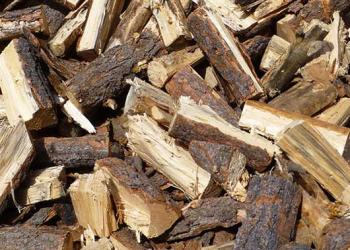Welcome to Kaibab National Forest
If you are anywhere near Arizona, you won't want to miss the chance to visit us as the forest surrounds the northern and southern portions of the majestic Grand Canyon. From canyons to prairies, peaks to plateaus, the Kaibab National Forest offers layers of opportunity for peace, solitude and discovery.
Recreation

Camping, cabins, hiking, scenic drives, fishing and snow play - the Kaibab has opportunities for everyone year round.
Find Your Way

Be prepared with maps in your format: interactive, downloadable, and print, including Motor Vehicle Use maps and travel aids.
Forest Products

The Kaibab offers opportunities for firewood collection as well as other forest products such as corral poles, fence posts, and stays, Christmas trees, wilding transplants, pine cones and more.
Apply Now to Become a Wildland Firefighter

Applications for temporary seasonal fire hire positions are due by July 14.
You can also connect with a Fire, Fuels and Aviation Management recruiter to learn about future openings and hiring events.





